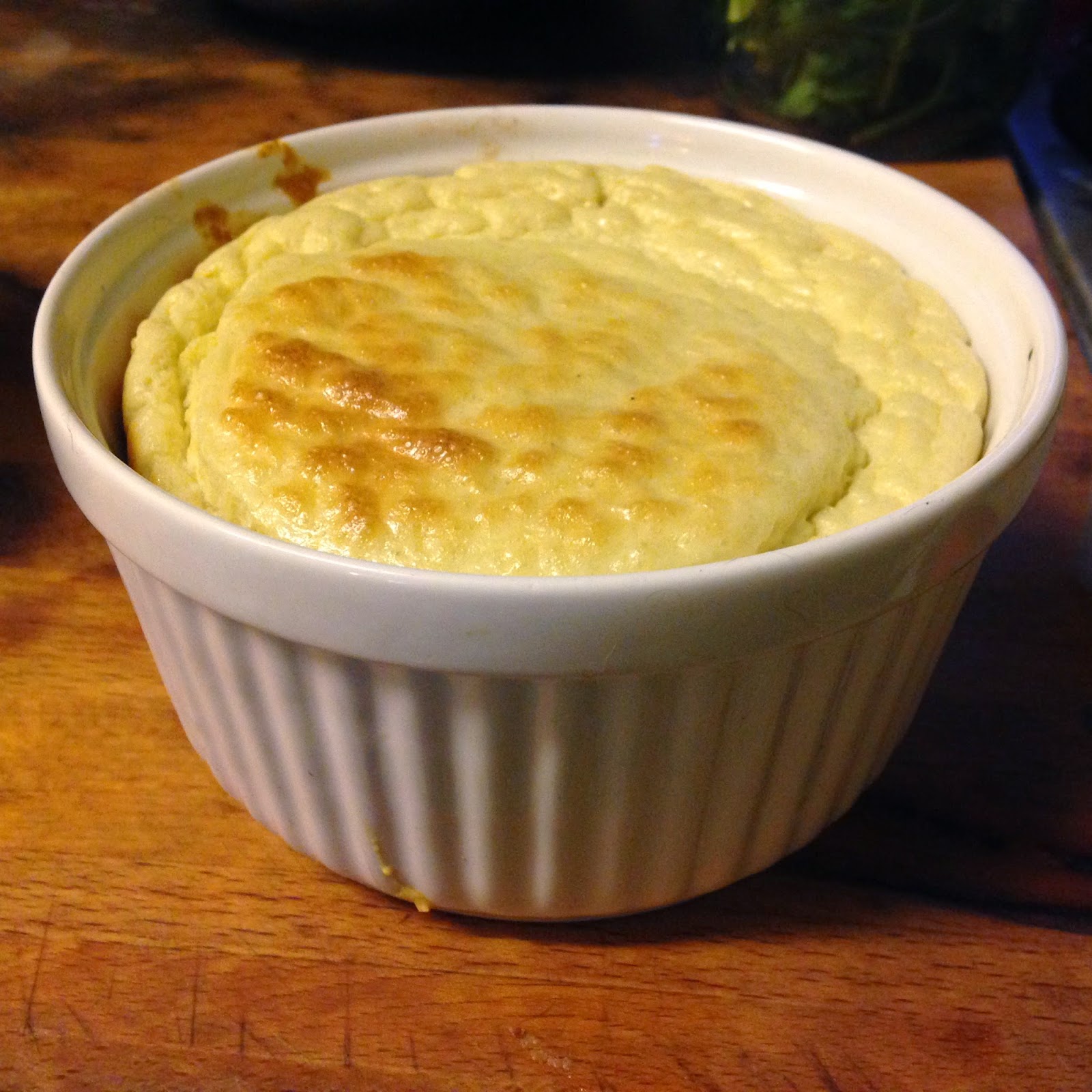Fruit Dispatch Company 1940
 While I focus on cookbooks, I do have a few pamphlets as
well. I once met a collector who specialized in pamphlets and I can see why:
the visuals are profuse, especially when compared to mid-century cookbooks, the
corporate copy is usually amusing at this remove, and they are just fun, kind
of the comic books of the cookbook collector's world.
While I focus on cookbooks, I do have a few pamphlets as
well. I once met a collector who specialized in pamphlets and I can see why:
the visuals are profuse, especially when compared to mid-century cookbooks, the
corporate copy is usually amusing at this remove, and they are just fun, kind
of the comic books of the cookbook collector's world.
The inside front cover begins with the injunction "suit
the color to the use." That is, it describes green, yellow, and flecked
bananas and how to use them. The inside back cover pages give tips on how to
buy, slice, ripen, mash and cool bananas. It's hard to take such instructions
seriously when you know that a 3-year-old can handle most banana operations.
The back cover page also touts the advantages of bananas for all types of
people, including babies, children, teens, athletes, and "old folks"
who find bananas "easy to chew, easy to digest."
And the recipes! Of course there are many traditional
uses--banana bread, bananas in Jell-O (yes, once we needed a recipe for that
dish), and banana desserts. But what about entrées with bananas? Don't you
think your bananas need some savory treatments? How about:
Ham Banana Rolls
Bananas wrapped in ham, baked with mustard and then topped with cheese sauce.
Banana Salmon Salad Bananas,
pineapple, flaked salmon, celery, pickles, mayonnaise, mustard.
Broiled Bananas and Bacon Bananas wrapped with bacon and broiled: a test for the mythic powers of
bacon to make anything taste good.
Plenty of the desserts are equally scary:
Banana Grape Marlow
Mashed bananas, marshmallows, grape juice, and whipping cream. A note warns
that this requires the use of an "automatic refrigerator."
Banana Prune Whip
Sliced bananas, prune purée, sugar, and egg whites.
Banana Butter Frosting
Mashed bananas, butter and powdered sugar.
Throughout there are cheerful exhortations about bananas,
such as "bananas are good mixers - with meat. fish, vegetables," and
"nature seals bananas in a germ-proof package."
The overall effect is equally fun and disturbing, and it
left me with no desire for eating a banana. Rather the opposite, but I will own
that I am odd about bananas--I like them as bananas, in banana bread, and in
bananas Foster. And that's it.
I also find it nearly impossible to finish a banana. No
matter how big or small, I alway have a leftover bite or two. I blame this on
my childhood dog, Argos, who loved few things as much as he loved bananas. He
would sit patiently watching every bite of banana disappear with his big,
brown, sorrowful eyes, while his whole body emanated quiet hope for those last
bites of 'nanner. Of course, I
obliged.
 |
| What's black and white and yellow all over? |






